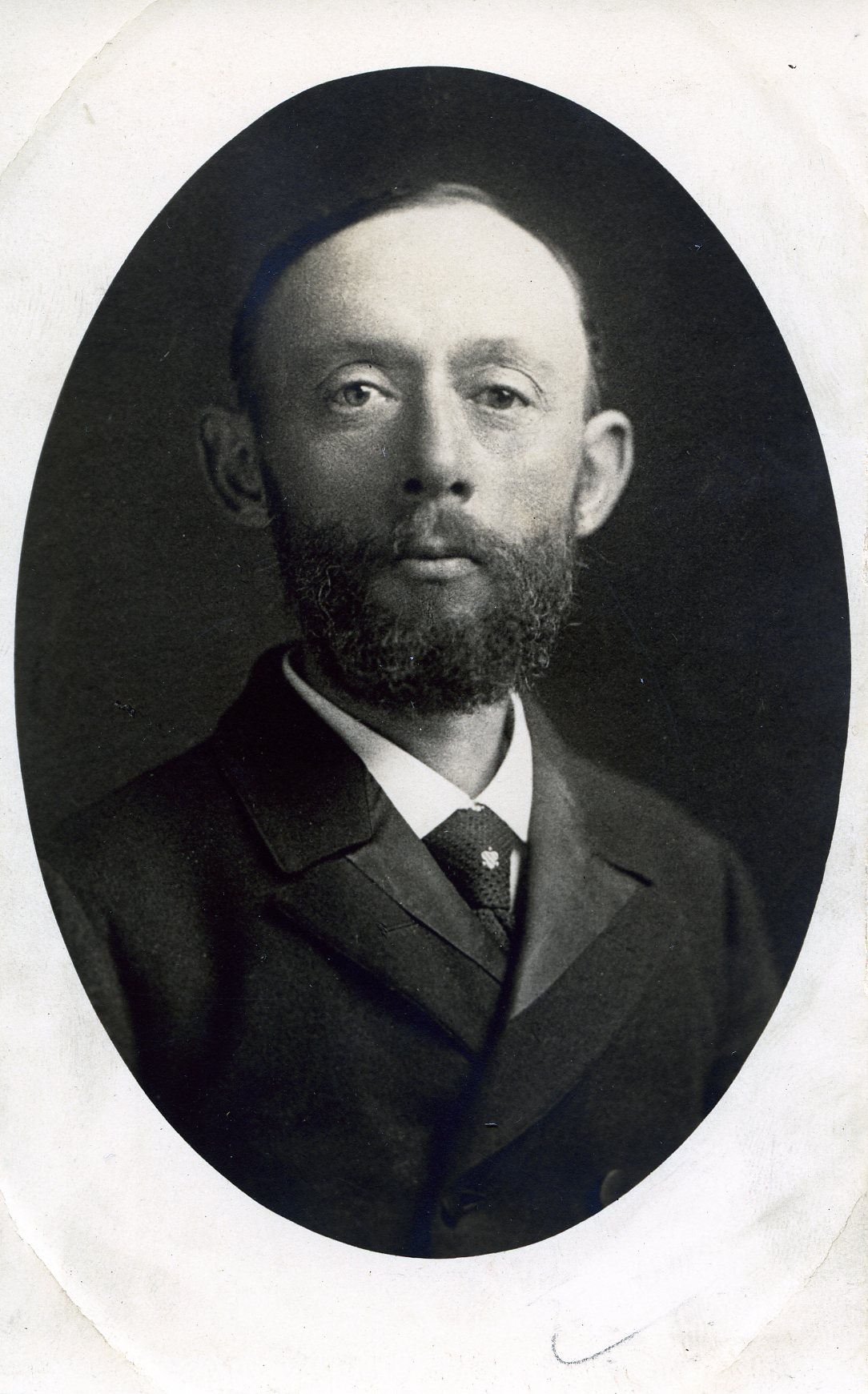Director, New York Botanical Garden
Centurion, 1900–1934
Born 15 January 1859 in New York (Staten Island), New York
Died 25 June 1934 in New York (Bronx), New York
Buried Moravian Cemetery , New Dorp, New York
, New Dorp, New York
Proposed by Robert W. Gibson and William E. Dodge
Elected 5 May 1900 at age forty-one
Seconder of:
Century Memorial
Whether personal research or creation of a scientific institution is to be the criterion, Nathaniel Lord Britton was one of the world’s foremost botanists. In mastery of his chosen science he had been precocious. Traditions of his childhood recall the surprise which even his parents manifested, at the young Britton’s unexpected acquaintance with names of trees and roadside plants. In his early twenties he took the lead in discussions and investigations of scientific organizations. Before his thirtieth birthday he had conceived the plan of a great botanical garden at New York. The state, while cautiously authorizing a grant of 250 acres in Bronx Park, stipulated that the corporation created for Britton’s enterprise must within seven years raise from private subscription $250,000. The task was no sinecure in the trying days of the early Nineties. But the subscription was enthusiastically started, some of the most notable personalities in the city’s life were induced to unite as incorporators, and three years before the allotted time-limit the fund was raised. In 1895 that remarkable institution, which today possesses 400,000 acres of highly-developed land, a herbarium of 1,700,000 specimens, and a library of 43,500 volumes, came into being.
Britton himself was a man of simple ways, so wholly wrapped up in his chosen activities that social avocations and the amenities even of club life rarely tempted him. A pleasing incident of his later life, not without bearing on the wider problems of authorship, was the fortune of the elaborate “Illustrated Flora of North America,” which Britton wrote in collaboration with our late fellow-Centurion, Judge Addison Brown. The Judge, who personally financed the expensive publication, asked another botanical expert somewhat anxiously if the loss on the book could be kept down to $25,000, which was all he could personally spare for it. His friend replied that the book ought to yield a handsome profit; a prediction which left Judge Brown entirely skeptical. In the event, however, the Judge recovered his full investment in the publication, and Britton’s royalties were enough to buy a house.
Alexander Dana Noyes
1935 Century Association Yearbook

